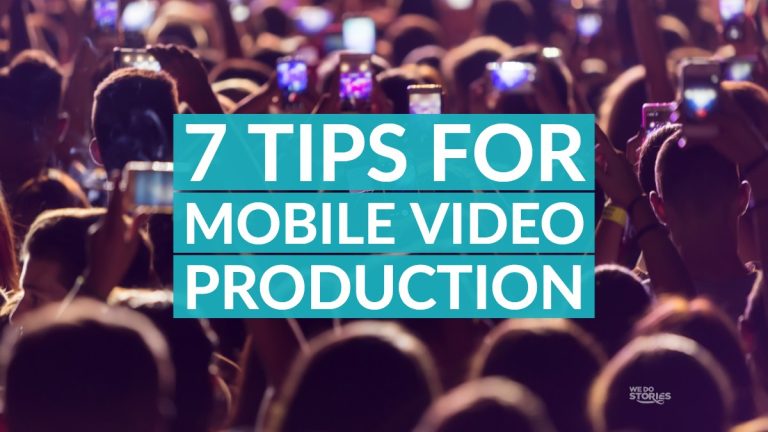Facebook has announced the launch of a new ‘reactions’ feature alongside their traditional ‘like’ function.
To react to any itemon the news feed, a user has alwaysbeen able to leave a comment or to click the ‘like’
button. The ‘like’ button serves two main purposes: to demonstrate an interest in what a friend has posted, and to inform publishers who advertise through Facebook so that they can target marketing for publishers.
The new Facebook ‘reactions’ buttons can be accessed by pressing and holding the ‘like’ button. This reveals a thumbs up (the ‘like’ symbol), a heart (‘love’), a laughing emoji (‘haha’), a shocked emoji (‘wow’), a tearful emoji (‘sad’) and an angry emoji. Apparently it took over a year of research, examining trending emojis and consultations with focus groups and sociologists to identify these few, key emotions that everyone could recognise and that would be used.
Why?
Well, Facebook introduced its ‘reactions’ option mostly in response to calls from users to introduce some other form of quick and easy response that they could use when ‘liking’ a status simply wasn’t appropriate.
For instance, if a status update appeared in a user’s news feed from a friend that said, “I’ve lost my job,” the user previously had only three options: ignore it, comment on it or click ‘like’. The user may not have had time to reply, but did not want to ignore it… yet ‘liking’ it would have seemed to imply that the user was in some way pleased at the news! The new Facebook reactions emojis remove this thorny social problem.
Impact for users
Users will now be able to react appropriately and quickly to a post. Facebook steered away from including a ‘dislike’ button as founder Mark Zuckerberg felt that this was detracting from the nature of Facebook. But now at least users can register an appropriate negative reaction if they so wish without having to leave a detailed comment.
Users who post status updates will be able to see at a glance how many people reacted to it, and will be able to see how each person reacted.
Impact for publishers and advertisers
Publishers who rely on Facebook as a means of advertising or of otherwise reaching customers will initially see no difference. Clicking on any of the reactions emojis will have the same effect as clicking on a ‘like’ in that Facebook will infer from the click that the user wants to see more posts like it.
Over time, however, Facebook will be able to refine their technology so that only posts that receive positive reactions will appear in a particular user’s news feed. This should mean more accurate targeting of marketing and a better understanding on the part of the publisher about who wants to see their product.







